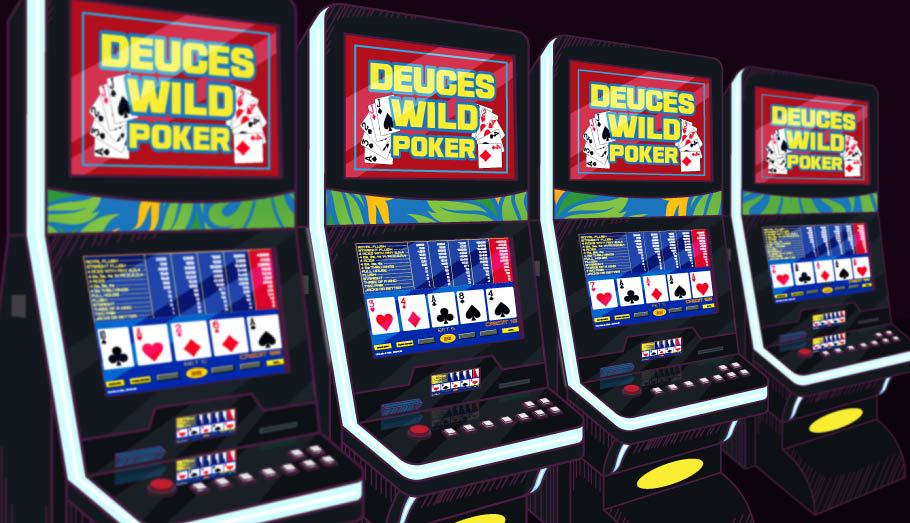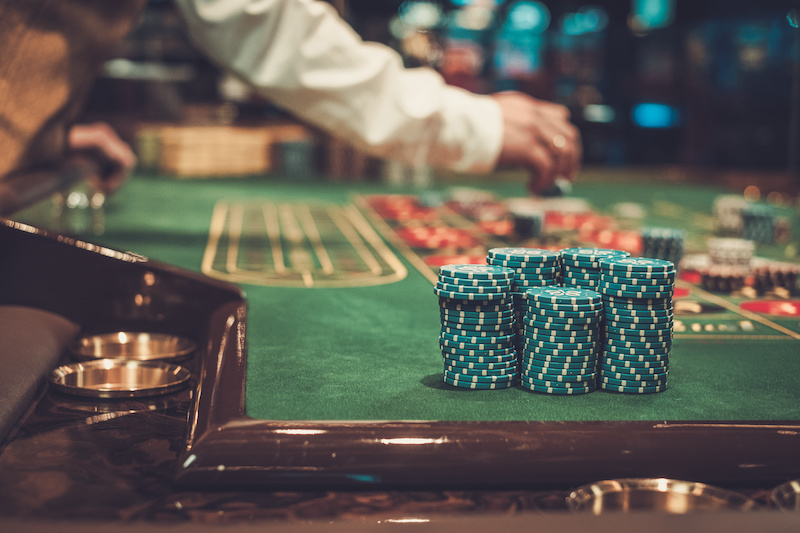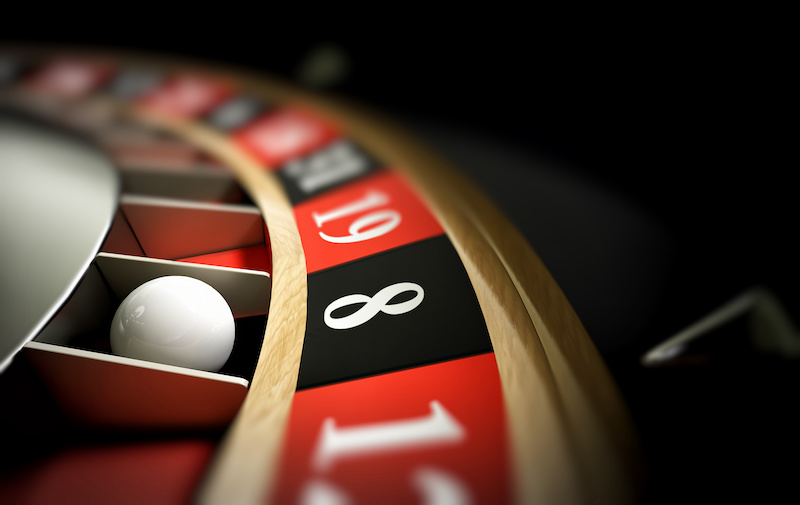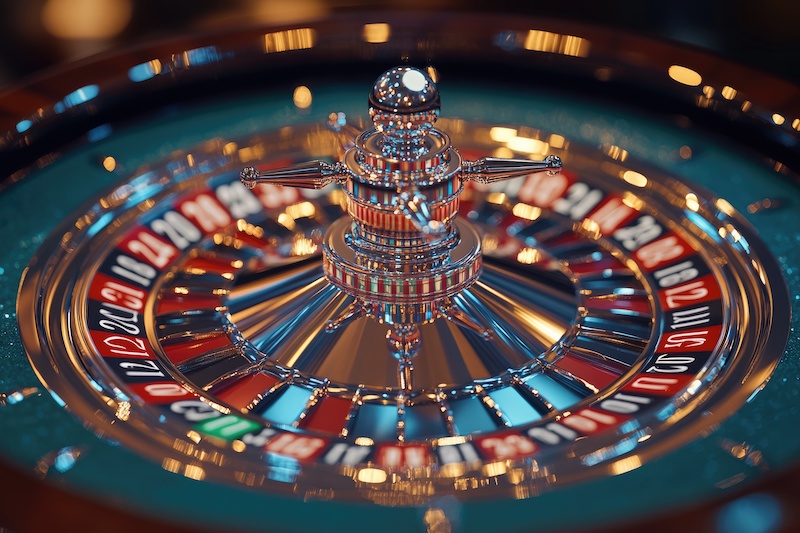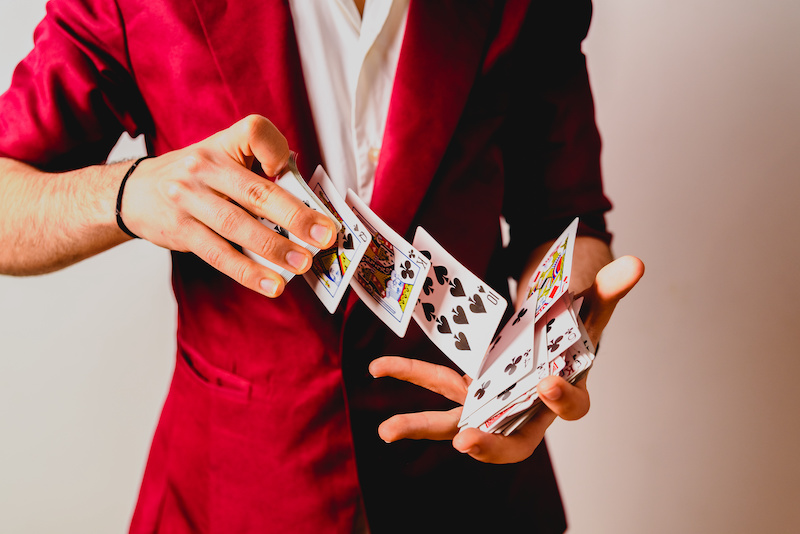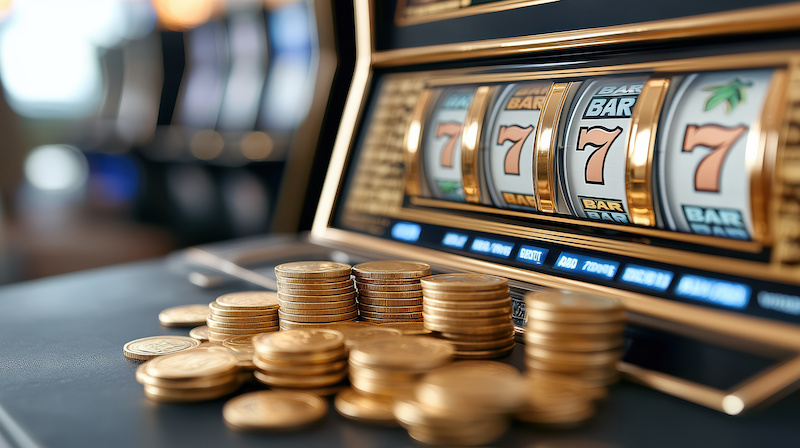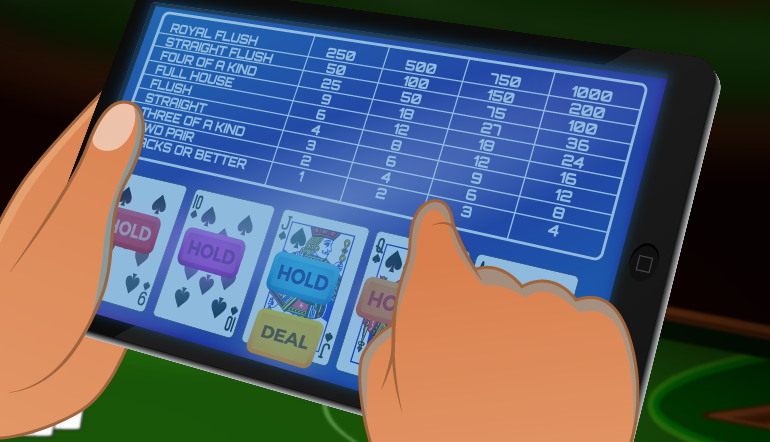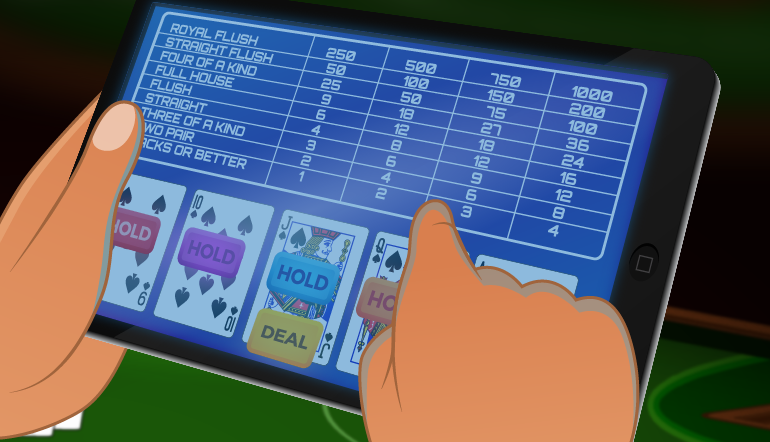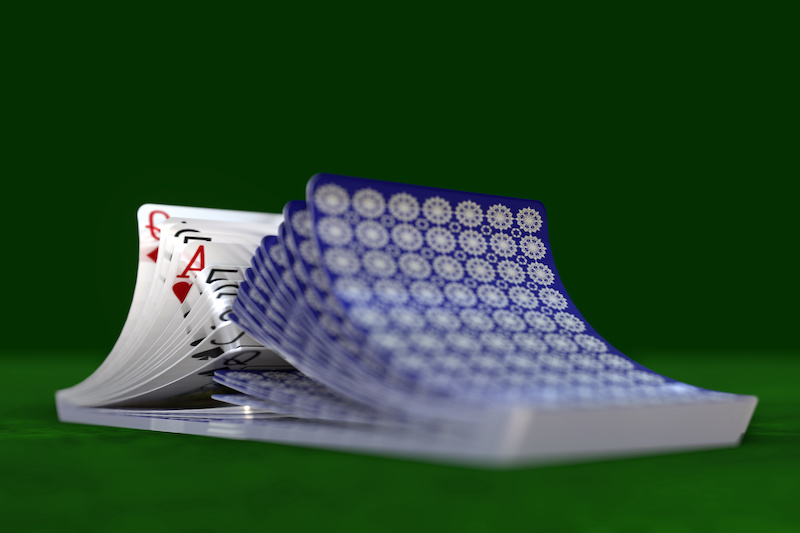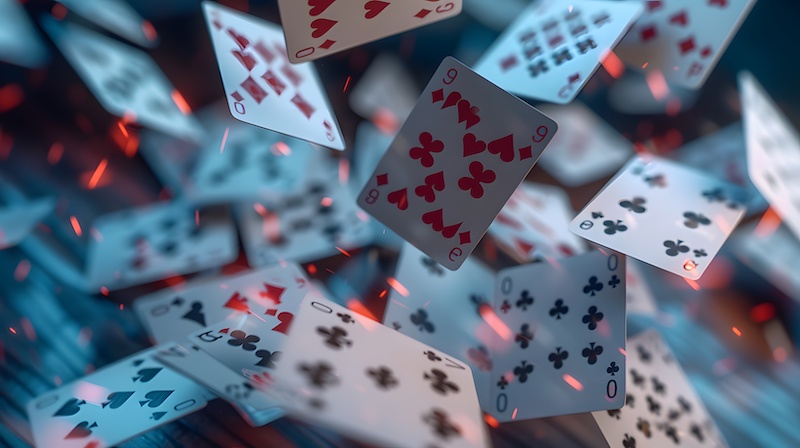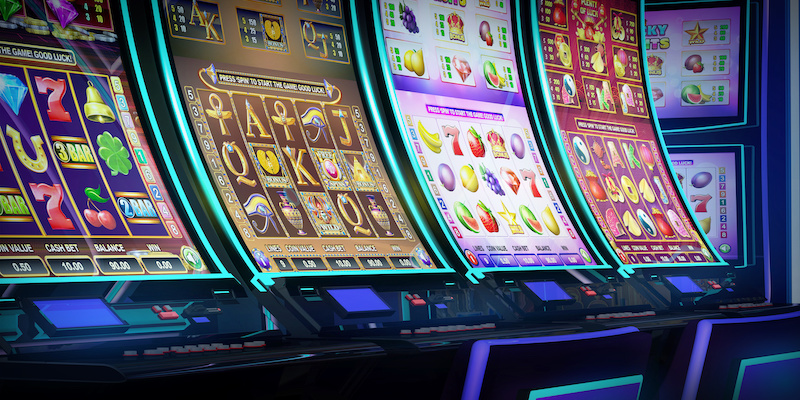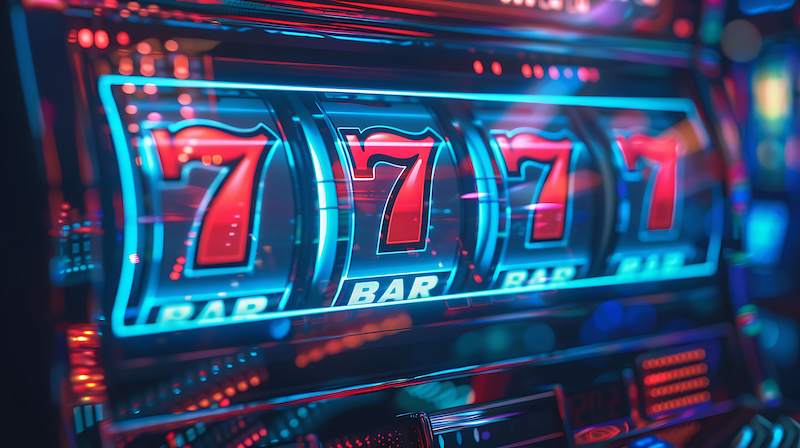In a casino, or online, there are many ways to enjoy the experience. It could be blackjack or the roulette wheel, or other games. Perhaps learning some craps strategy or discovering methods that may help show how to win at slots can improve the experience.
Video poker has consistently been the choice of serious players for several reasons, the primary being the low house edge of the game. To properly play video poker, however, the player must be aware of specifics.
In video poker, a dealt three of a kind does not happen frequently. It is a decent-paying hand as it generally pays 3 for 1. While this is a nice return, players hope to improve upon it. Exactly how much of an improvement should a video poker player expect? Read on to find out.
Contents
- How often does a dealt three of a kind occur?
- Ways the hand can improve, how often, and by how much
- Overall expectations for improvement
- Summary
How often does a dealt three of a kind occur?
As mentioned in the introduction, a hand containing three cards of the same rank does not happen very often. When it does occur, the player’s anticipation level increases. The hand is a definite winner. Just how often does a dealt three of a kind occur?
In a non-wild card game, out of a possible 2,598,960 possible hands, a three of a kind occurs 59,912 times. The odds against drawing a three-of-a-kind are about 46-1/3 to 1 on average. For a regular video poker player who plays 500 hands per hour, that amounts to about 10 dealt three of a kinds per hour.
For the casual video poker player playing closer to 200 hands per hour, there would be only about four. That amounts to one dealt three of a kind every 15 minutes – certainly not a common occurrence.
Ways the hand can improve, how often, and by how much
As an aside, for a better understanding of how the odds are calculated; before going into improving dealt three of a kinds, let’s look at other hands. For certain hands, I like to know what the odds are against completing them, rather than improving them. I keep track of the number of times I am dealt the following four-card hands as well as the number of times the hand is completed:
- four cards of straight (separate counts for inside and open-ended)
- four cards of a flush
- four cards of a straight flush (separate inside and open-ended counts)
- four cards of a royal flush
Based on the hand dealt, the number of cards left in the deck that will complete the hand are:
- Inside straight – four cards (one card in each suit)
- Open straight – eight cards (two cards in each suit)
- Flush – nine cards
- Inside straight flush – one card
- Open straight flush – two cards
- Royal flush – one card
From here, determining the odds is straightforward. Since five cards of 52 cards in the full deck have been dealt in the initial hand, there are 47 cards left in the deck. Please note that in wild card-based video poker games, the numbers would be dramatically different. The odds of completing these hands in standard video poker are:
- Inside straight – four in 47 or about one in 12 (11-3/4)
- Open straight – eight in 47 or about one in six (5-7/8)
- Flush – nine in 47 or about one in five (5-2/9)
- Inside straight flush – one in 47
- Open straight flush – two in 47 or one in 23-1/2
- Royal Flush – one in 47
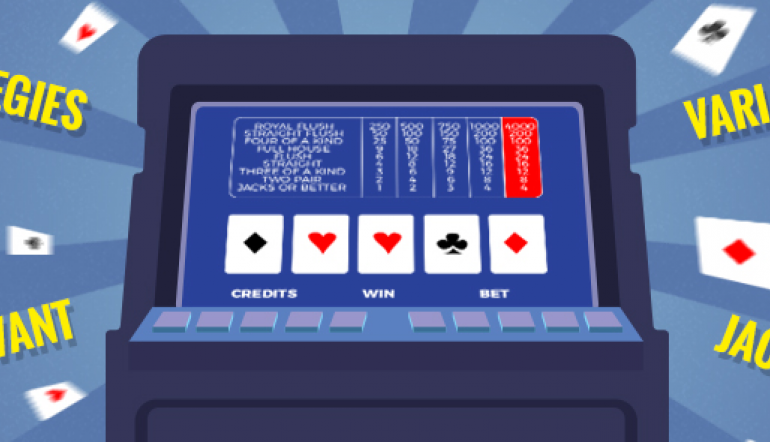
Overall expectations for improvement
Now for the specifics about improving dealt three of a kind hands. The math is quite straightforward.
Since three cards are being held, there are two open positions for the final hand. The original deck of 52 cards has the five cards of the dealt hand removed. That leaves 47 possible cards for the first open slot and 46 possible cards for the last open spot. The formula to calculate the number of possible hands is:
- Number of cards available for the first open slot times the number of cards available for the second open slot divided by the number of slots (47 * 46 / 2).
- Inserting the specific numbers for this calculation produces the following: 47 * 46 = 2,162.
- Next the final calculation: 2,162 / 2 = 1,081.
The math says that there are 1,081 possible different hands when holding three cards.
We next must determine how many hands of each type are included in these 1,081 hands. These totals are:
- Full house – 66
- Four-of-a-kind – 46
- No improvement (the original three-of-a-kind) – 969
Most of the possible hands offer no improvement. The odds of improving the hand are 66 + 46 = 112 out of 1,081. Putting this in the simplest terms, about one in 10 – actually, a little better than one in ten. On average, the dealt three of a kind will be improved once every 9.65 times.
Keep in mind, this number is an average. The hand will not be improved after each 10 hands. The number of unimproved hands between improved hands can vary significantly. There may be 10 hands between improved hands, 50 hands, 5 hands, 0 hands (back-to-back improved hands), or 100 hands. In the long run, however, the average will be very close to one in 9.65 hands.
Summary
There are many different games available. Video poker is the choice of many players due to its low house edge (and the fact that the knowledgeable player can determine it). Math is front and center in video poker. The more a player knows about the math of the game, the better that player will do.
A dealt three of a kind is a relatively uncommon occurrence. It happens only about once in every 46 hands. It is a profitable hand because it will normally (depending on the pay table) return not less than 3-for-1.
There is also a decent chance of improving the three of a kind to something more profitable and exciting – either a full house or a very nice four of a kind. On average, a dealt three of a kind will be improved once every 9.65 hands. No wonder players become excited when a three of a kind is dealt.
If this article interests you, keep reading. Alternatively, explore other topics slot machine strategy.

